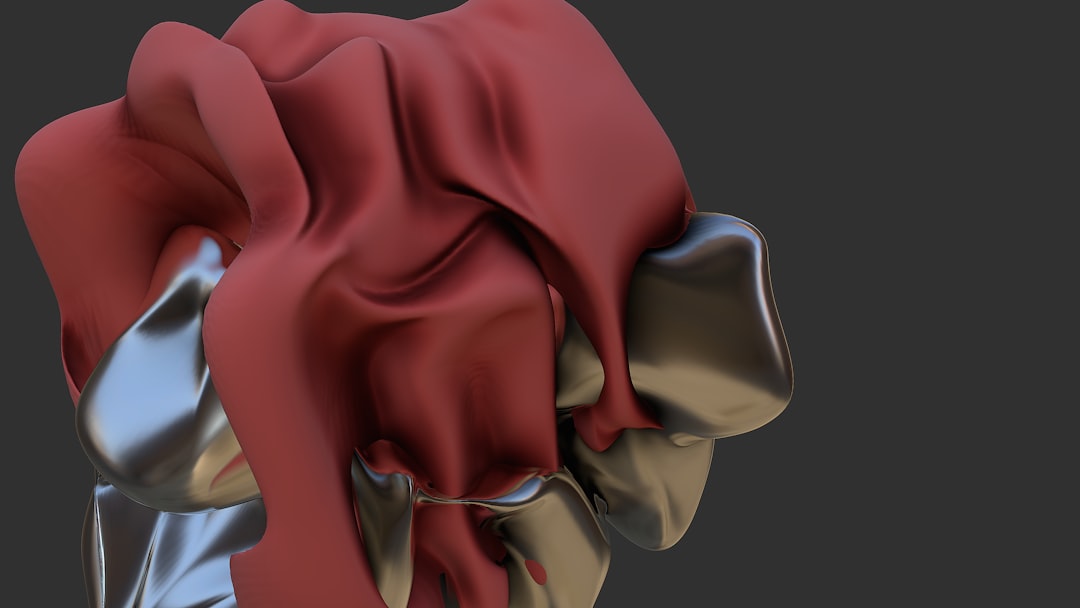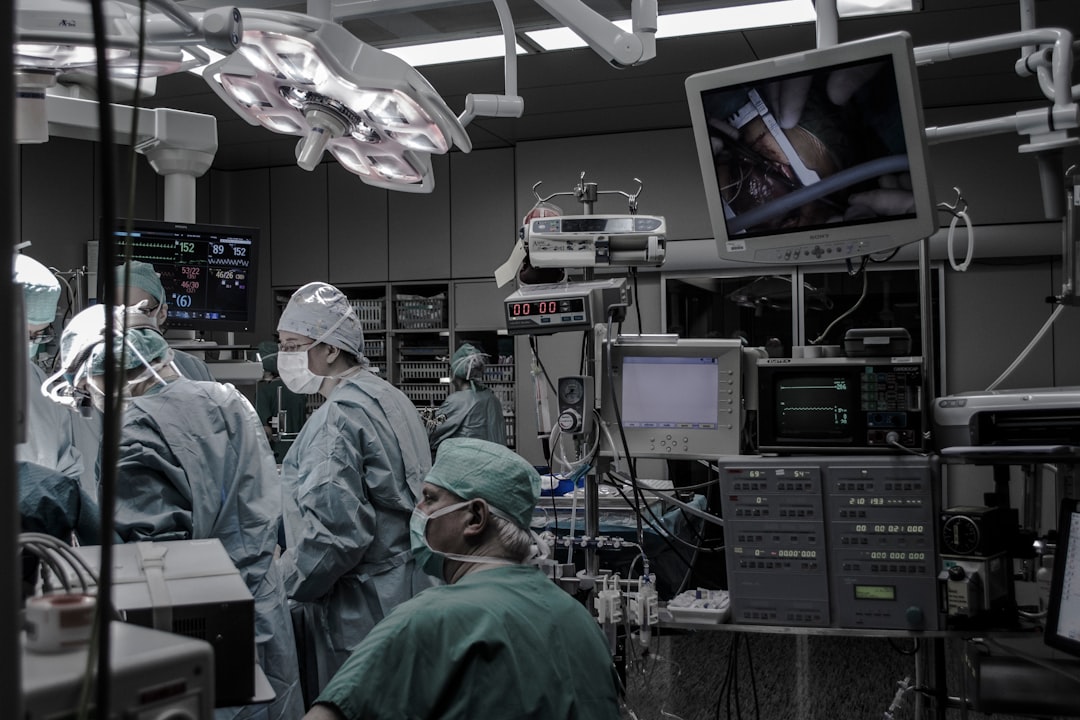Open Dental Anatomy history: Evolutionary Leap in Dental Visualization
Open Dental Anatomy has revolutionized the field of dentistry with its cutting-edge visualization tools. But have you ever wondered how this innovative software came into existence? In this article, we will delve into the Open Dental Anatomy history, from its humble beginnings as research software to its current status as a global dental visualization platform.
From Research to Reality
In the early 2000s, a team of researchers at a leading university began exploring the potential of 3D visualization in dentistry. Their goal was to create a software that could accurately simulate dental procedures, allowing students and professionals to practice and perfect their skills in a virtual environment. This research project laid the foundation for what would eventually become Open Dental Anatomy.
The initial version of Open Dental Anatomy was created as a free, open-source software, with the aim of making it accessible to dental professionals and students worldwide. The software quickly gained popularity, and its user base grew exponentially as word of its capabilities spread.
Key Features and Advancements
So, what sets Open Dental Anatomy apart from other dental visualization tools? Here are some of its key features:
- Accurate 3D Modeling: Open Dental Anatomy allows users to create highly detailed, accurate 3D models of teeth and gums, making it an invaluable tool for diagnosis and treatment planning.
- Realistic Simulations: The software’s advanced simulation capabilities enable users to practice various dental procedures, from simple fillings to complex surgeries.
- Collaboration Tools: Open Dental Anatomy facilitates collaboration between dentists, hygienists, and other dental professionals, allowing them to share files and work together on cases.
Comparison with Legacy Tools
| Feature | Open Dental Anatomy | Legacy Tools |
|---|---|---|
| 3D Modeling Capabilities | Advanced, accurate modeling | Basic, limited modeling |
| Simulation Capabilities | Realistic, interactive simulations | Static, non-interactive simulations |
| Collaboration Tools | Robust, real-time collaboration | Limited, email-based collaboration |
As the comparison table above illustrates, Open Dental Anatomy offers significant advantages over legacy dental visualization tools. Its advanced 3D modeling and simulation capabilities, combined with its robust collaboration tools, make it an indispensable resource for dental professionals.
Future Developments and Impact
As Open Dental Anatomy continues to evolve, its developers are working on integrating emerging technologies like artificial intelligence and virtual reality. These advancements will further enhance the software’s capabilities, enabling dentists to provide even more effective, personalized care to their patients.
| Technology | Potential Impact on Dentistry |
|---|---|
| Artificial Intelligence | Improved diagnosis accuracy, personalized treatment planning |
| Virtual Reality | Enhanced patient education, increased empathy and understanding |
In conclusion, Open Dental Anatomy’s history is a testament to the power of innovation and collaboration in the field of dentistry. From its humble beginnings as research software to its current status as a global dental visualization platform, Open Dental Anatomy has revolutionized the way dentists practice and teach. As the software continues to evolve, its impact on the field of dentistry will only continue to grow.





